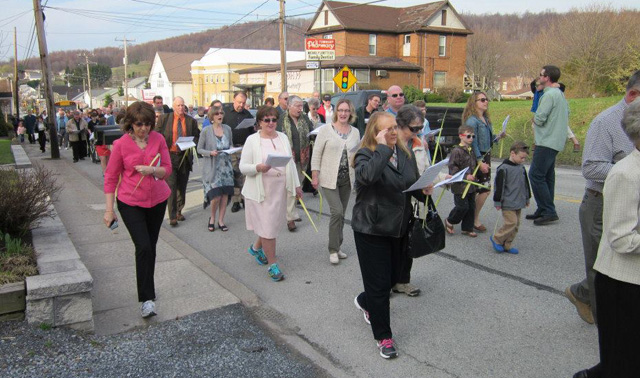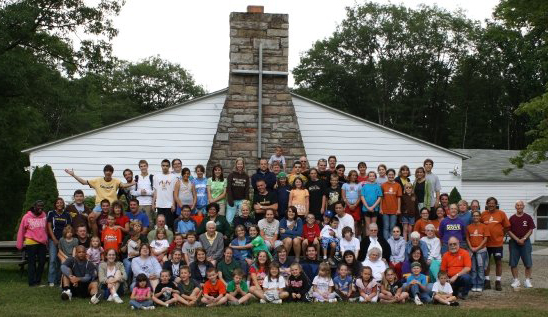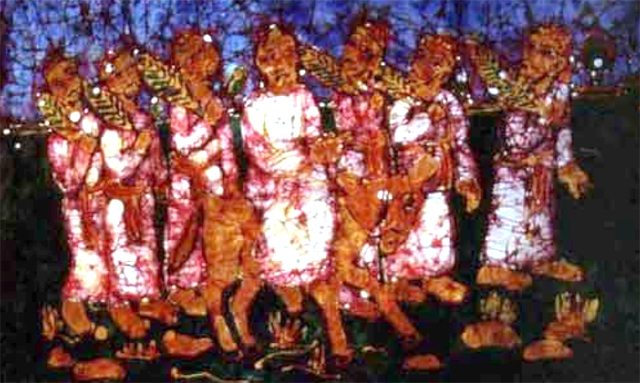Habits for Success in Ministry
Dharmesh Shah is the founder of Hubspot.
If you have an internet ministry you know about Hubspot. Hubspot leads the way in making the internet work. They sell software that turns the internet into a tool that can guide and measure what you are doing—something churches need to do.
Your evangelism team can learn a lot from following Hubspot online. They publish tons of free resources—they advocate blogging!
Shah recently published two posts. He practices what he preaches, you see.
Let’s look at one today and see how his business advice applies to the Church. We’ll save the second one for tomorrow.
Simple Daily Habits of the Delightfully Successful
1. Walk away from gossip.
The Church is often driven by gossip. That gossip often comes from the highest levels of church. It’s hard for underlings to walk away when leaders are gossiping.
But wait a minute. Don’t we Lutherans believe we are all equal — all saint and sinners?
How many church conflicts start with gossip? How many are fueled for years by gossip?
Gossip is a tool of the powerful. Power thrives on no one questioning. Yet, questioning or ignoring gossip, no matter who generates it, are the only ways to keep the Church from imploding.
Shah’s advice: Talk to people, not about them.
2. Spend five minutes in another person’s shoes.
Focus on others. What does this congregation need? What does this pastor need? What do lay members need? We are interdependent in our structure, but how much time do we really spend thinking about how our actions affect others?
We visited one church where ministry was stalled because their educational wing lacked handicapped accessibility. They had the will and the manpower to operate a dayschool, but couldn’t conquer the property issue—at least by themselves. But it was unlikely that anyone would help them. Pity!
What if every church leader made this one question the key part of leadership strategy?
What can I do to help?
Shah says: The best way to build your own long-term success is to help other people succeed.
3. Give one person unexpected praise.
We all need an “attaboy” now and then—especially when the road is rocky and goals are challenging. Shah points out that choosing to find the good in others cost us nothing but brands us “in an awesome way.”
Many a small congregation suffers from low self-esteem. We feel as if our only value to the Church is our ability to support the greater church—and our ability to do that is waning. We don’t get many “attaboys.” We are barely noticed until it is too late. Time to turn that around!
4. Do one thing no one else is willing to do.
Here is where many congregations make a huge mistake. Most congregation strive to do the very same things their neighbors are doing. In fact, we are encouraged to be like everyone else.
There is a reason for that. We look for what unites us, what defines us.
What if we looked for that extra thing that makes us stand out—makes us the leaders in a particular niche.
Redeemer did this on at least two fronts. We reached out to the growing East African population in our region and we started a serious online ministry. Doing this has led us to other niche ministries. An amazing journey!
5. Shine the spotlight on one person.
Find opportunities to publicly praise others. We in the church spend a lot of time praising professional leadership, honoring clergy achievements and milestones. What might happen if the tables were turned and the achievements of congregations were publicly praised? A collective “attaboy”?
Heaven forbid the leadership of laity be celebrated at the regional level!
Sharing the spotlight might just be the spur that laity need. It might make us feel a little less used and useless. It might be motivational. It might be transformational!
6. “Sell” one thing.
Selling, Shah points out, is the ability to explain the reasoning, logic and benefits of a decision or a perspective in order to get buy-in. He adds: Selling is the ability to overcome skepticism or doubt.
Sounds like evangelism! Yet many people in church life—clergy and lay alike—have no sales/evangelism skills. Martin Luther tried to help us. He wrote his catechisms so that any one of us could explain our faith. Reread them! Put them to work! (And read your Bible, too.)
7. Give one person an unexpected hand.
Shah makes a good point. Most people have a very tough time asking for help. It’s hard to face rejection. It is hardest to face rejection when help is most needed.
He advises us to create an atmosphere where people feel they can ask for help. You do this by making it a habit to offer help.
“Offer to help in a way that feels collaborative instead of gratuitous or patronizing. And then actually help.”
8. Admit one failing.
Laugh at yourself. Say you are sorry. Admit you aren’t perfect even as we
strive for perfection.
Shah says there are two reasons to take this approach.
- It’s good for us. It helps us improve our weaknesses.
- It adds to likability. You’ll like yourself better and so will others.
Who joins a church where they don’t like the people?










